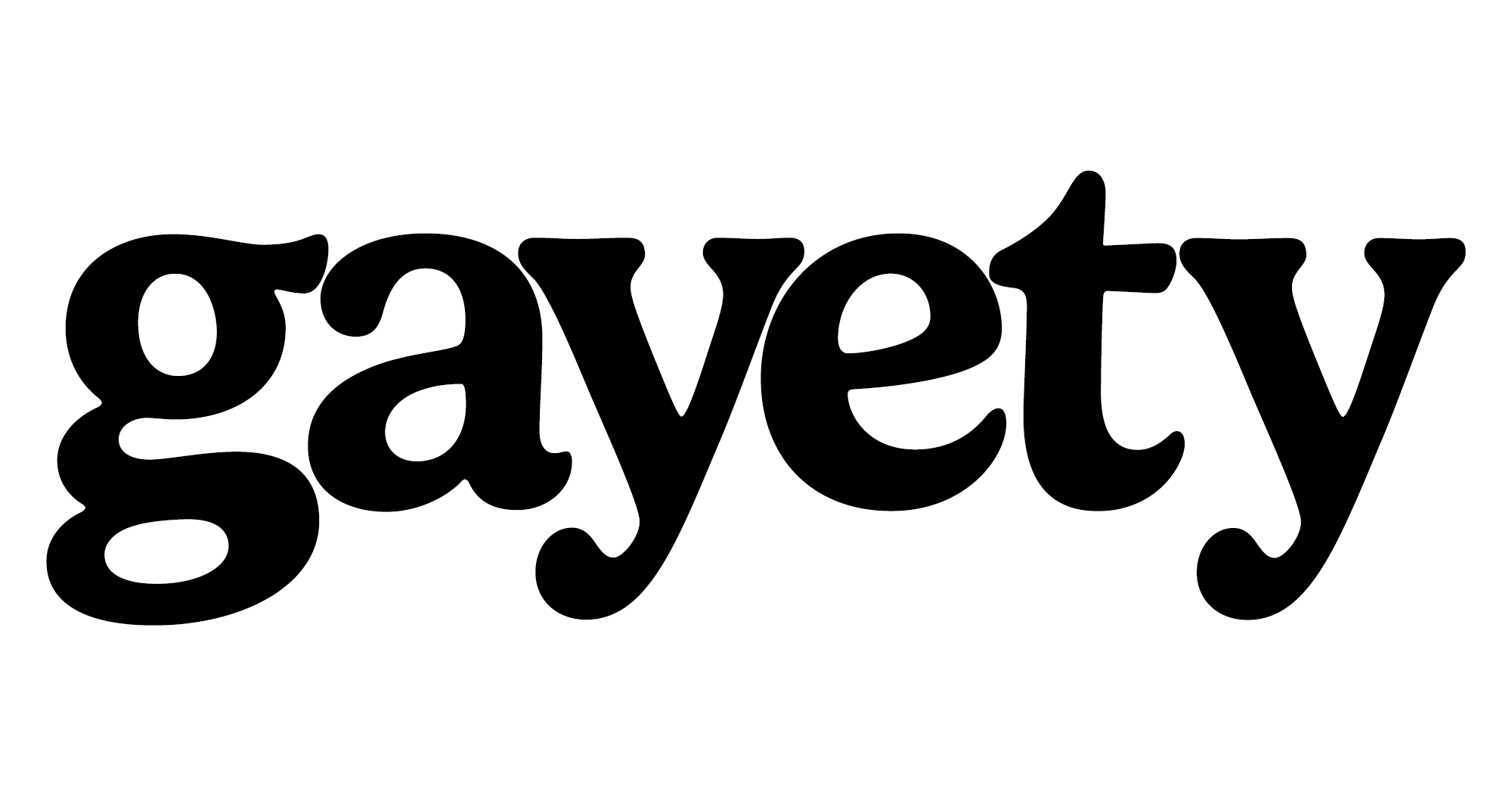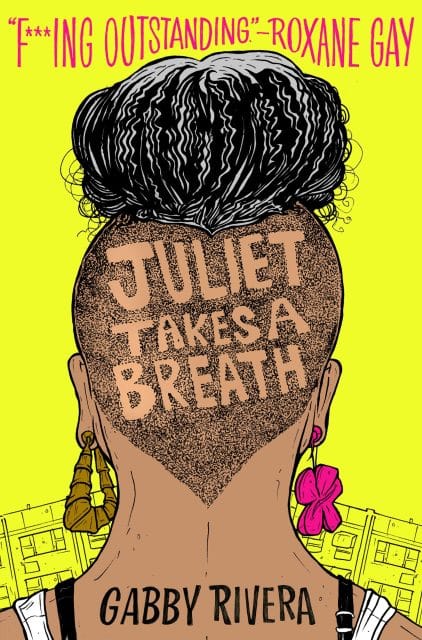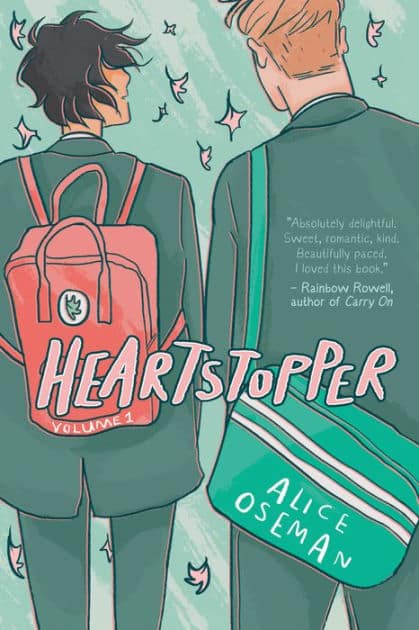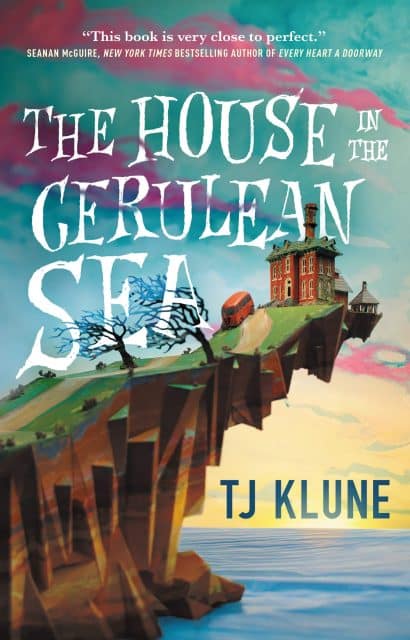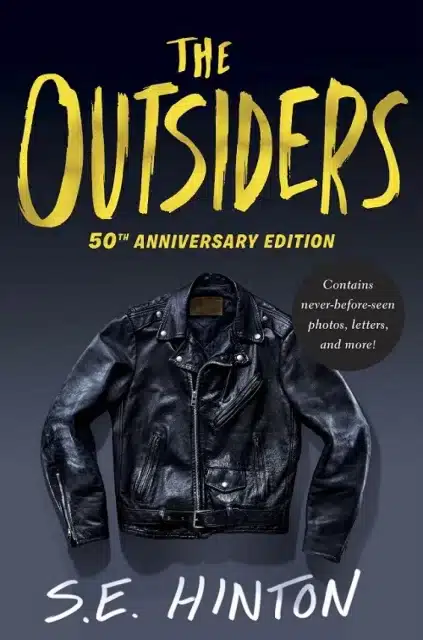In preparation for LGBTQ History Month (October), we reached out to Jonathan Alexander — an English professor with a scholarly interest in the interplay between sexuality and literature — for recommendations of young adult fiction books that feature LGBTQ characters. What follows is a list that Alexander — who serves as the children’s and young adult fiction section editor for the Los Angeles Review of Books — considers as “must-reads.”
1. “Juliet Takes a Breath”
Written by Gabby Rivera, this novel focuses on the experiences of Juliet, a Latina lesbian living in New York who takes an internship to serve as the research assistant for a famous white feminist writer, Harlowe Brisbane, living in Portland, Oregon.
Juliet heads to Portland, a bit unsure of herself and still trying to figure out what being a lesbian will mean for her life, particularly given how unsettled her mother is at the prospect. She hopes that Harlowe will help her out. Complications ensue. “Juliet Takes a Breath” is a super-smart book that challenges readers by looking carefully and critically at feminist and feminist-of-color histories and interactions.
2. “Heartstopper”
This book is getting a lot of attention as a television series. What you might not know is that the heartwarming queer story began as a webcomic and then morphed into a series of immensely popular graphic books.
Originally written by Alice Oseman, the narrative focuses on the burgeoning relationship between Charlie and Nick. Charlie is an “out” teenager at his school, and he falls in love with the charming and sporty but not-so-sure-of-his-identity Nick.
Related | 10 Lesbian Books You Need to Read This Fall
What makes “Heartstopper” engaging – and even groundbreaking – is how it presents sexuality as an identity for some but a possibility of exploration for others. Charlie knows he’s gay, but Nick might be gay or bi; he’s still figuring it out. Validating sexuality as fluid and even changeable seems like an important next step in representing intimacy, love, and identity itself as complex experiences.
3. “Felix Ever After”
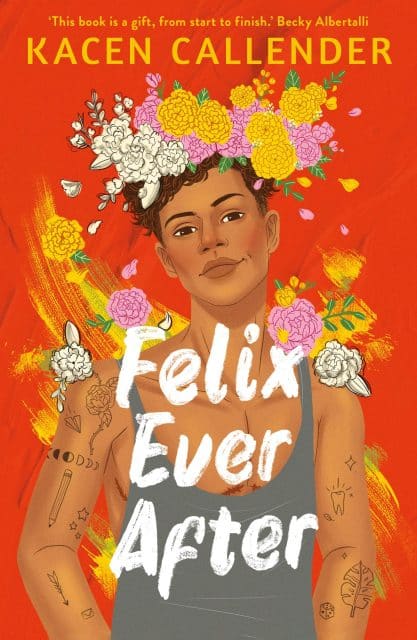
 This work of fiction by Kacen Callender also refuses to shy away from complexity. Felix is a young African American trans boy trying to make his way through a summer arts program.
This work of fiction by Kacen Callender also refuses to shy away from complexity. Felix is a young African American trans boy trying to make his way through a summer arts program.
A talented young person, he is still struggling somewhat with his gender identity, despite having commenced his own transition. He eventually finds the term “demiboy” while researching gender identity and comes to identify with this term as an apt description of his deeply felt sense of gender.
A challenging but immensely relatable book, “Felix Ever After” also presents frankly the experience of transphobia while ultimately offering readers a message of empowerment for those working on their gender identity.
4. “The House in the Cerulean Sea”
This book by TJ Klune follows very much in the vein of young adult books that feature the presence of young people with magical abilities trying to make their way in a world of “normals,” or people who do not have such abilities and fear those who do.
Such a narrative formula, popular in young adult fiction as it sets up a dramatic conflict between two distinct groups, gets a twist in Klune’s novel. The narrative is told primarily from the point of view of Linus Baker, a nonmagical caseworker who is assigned the task of visiting and inspecting various orphanages or homes that house magical youths who have been taken from their parents and relocated to be raised separately. This is much like Native peoples’ children across the North American continent being relocated to white-run schools throughout the 19th and early 20th centuries to assimilate them into white society and culture.
Related | 10 LGBTQ+ Books to Read in 2022
What makes “The House in the Cerulean Sea” particularly queer is not just the queerness of many of its characters, including Linus, but the ways in which it shows us how outsiders have generally been ostracized, and how many outsiders have in turn learned to embrace their queerness, not just to survive, but to thrive.
5. “The Outsiders”
This is a “classic” or older work of young adult fiction, one of the first written by a relatively young person for other young people: S.E. Hinton. She started writing the book at age 16.
For those who say this isn’t a queer book, on the surface, no, it’s not. But many contemporary readers, including many of my students, have picked up and enjoyed the book from a queer perspective, “queering” it in the process.
Set in rural Oklahoma, “The Outsiders” concerns a group of working-class teen boys. These “greasers” are always rumbling with the “socs” or “socials,” the middle-class preppy kids. The book’s focus on class conflict still resonates, but even more so does its portrayal of intimacy between the boys.
While they are never overtly sexual, there’s something delightfully warm, caring, and intimate about these relationships that could serve as a model for young men today, whether or not they are questioning their gender or sexuality. Read — or reread — “The Outsiders” and think about how gender roles continue to change and as humanity evolves in its understanding and acceptance of what is “normal,” and what should be.
Jonathan Alexander is a Chancellor’s Professor of English and Gender & Sexuality Studies at the University of California, Irvine.
This article is republished from The Conversation under a Creative Commons license. Read the original article.
